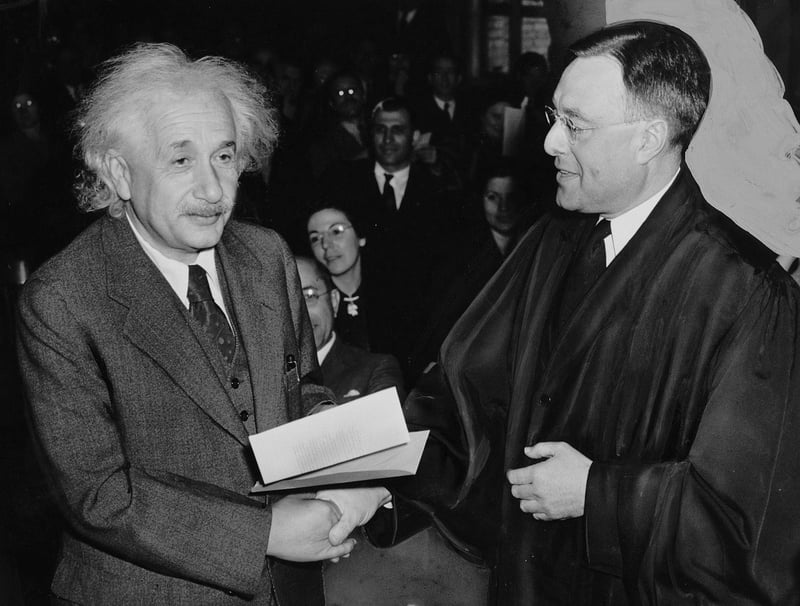Time Jump Techniques
Guidance for Time Travelers: Time Jump Techniques
Time travel has fascinated humanity for centuries, with numerous theories and concepts surrounding the possibility of moving through time. While the idea of time travel remains largely in the realm of science fiction, understanding the theoretical aspects and hypothetical techniques can be a fascinating endeavor.
Theoretical Framework of Time Travel
According to theoretical physics, time travel could be possible through concepts like wormholes, time dilation, and the theory of relativity. Wormholes, also known as Einstein-Rosen bridges, are hypothetical passages through spacetime that could create shortcuts for long journeys across the universe.
Time Jump Techniques
1. Wormhole Navigation
One of the most popular concepts in time travel is using a wormhole to navigate through time. By manipulating the entrance and exit of a wormhole, theoretically, one could traverse through different points in time.
2. Time Dilation
Time dilation, a concept from Einstein's theory of relativity, suggests that time can be experienced differently based on the speed of an object. Traveling at near-light speeds could result in time moving slower relative to a stationary observer, potentially allowing for time travel to the future.
3. Quantum Entanglement
Quantum entanglement is a phenomenon where two particles become connected and can affect each other regardless of the distance between them. Some theories propose that manipulating entangled particles could lead to communication across time, enabling time travel.
Conclusion
While time travel remains a theoretical concept, exploring the possibilities and techniques can offer a deeper understanding of the nature of time and space. Whether through wormholes, time dilation, or quantum entanglement, the idea of traveling through time continues to captivate the imagination of scientists and enthusiasts alike.


